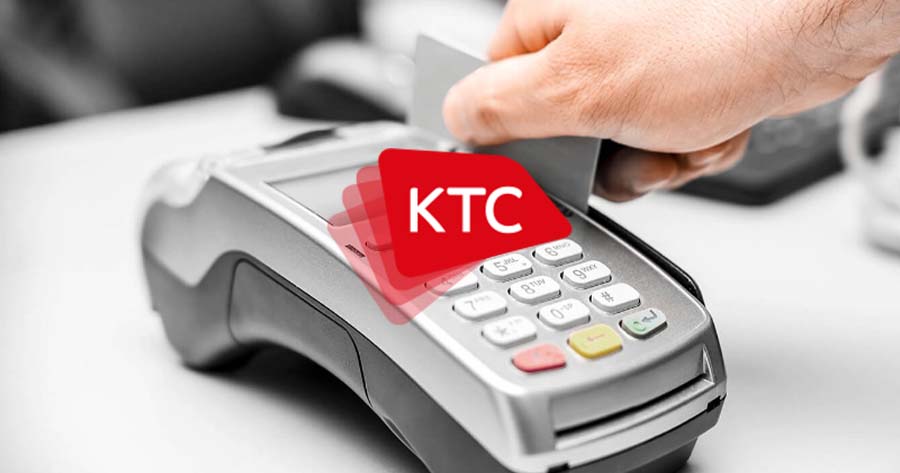Krungthai Card Public Company Limited (SET: KTC) anticipated the fourth quarter of 2025 to be a high season for both its credit card and personal loan businesses.
The company observed a noticeable increase in spending at restaurants in November, particularly among businesses benefiting from the government’s ‘Tiew Dee Mee Kuen’ (Travel and Payback) tourism promotion campaign. However, there has not yet been a strong recovery in the hotel sector.
In terms of personal loans, cash withdrawals began to pick up as early as October, and November and December are traditionally periods of continuous growth for this segment.
KTC is confident that its net profit for the full year 2025 will surpass the previous year’s result of THB 7.44 billion. During the first nine months of 2025, the company has already achieved THB 5.71 billion in net profit. The non-performing loan (NPL) ratio is targeted to remain below 2%, from the current level of 1.85%.
Nevertheless, some targets may not be met this year. Loan portfolio growth was set at 4-5%, but stood at only 0.7% for the first nine months. Credit card spending was targeted at 10% growth, but reached just 3.8%, while the KTC PROUD personal loan portfolio grew by 0.8% compared to a goal of 3%. The ‘KTC P’ Berm’ (Car for Cash) loan product aimed for THB 3 billion but achieved THB 1.65 billion for the period.
Despite some key figures falling below target, CEO Mrs. Pittaya Vorapanyasakul stated that she remains confident that the momentum of the final quarter will help the company reach its overall performance goals for the year.
Looking ahead to 2026, KTC will continue to focus on net profit growth, aiming for another year of increase. The company will maintain a tight risk management approach, with a goal of keeping the NPL ratio under 2%. For the loan book, KTC targets growth of 1-2% in 2026. Credit card spending is forecast to grow by 5%, and the combined KTC PROUD and P’ Berm loan portfolios are expected to expand by 2%.
The company set relatively modest growth targets due to the slow economic recovery, while the 5% target for credit card spending is especially challenging under current conditions. Mrs. Pittaya noted that, although the 2025 spending target was 10%, actual growth is likely to close the year near 4%, and KTC prefers not to push for excessive expansion.
KTC also expects its cost of funds to decrease in 2026, compared with 2.9% in 2025. Approximately THB 15.83 billion in matured debentures and loans from KTB, averaging 3.4% cost, are set to be replaced by lower-cost instruments, reducing average funding costs by 0.15-0.20 percentage points.
Following its approval to act as a non-life and life insurance broker, KTC quickly began offering insurance products to its customers. Insurance payments now represent the top spending category on KTC credit cards at roughly 10% of total card spending. The expansion into insurance brokerage is strengthening KTC’s integrated financial ecosystem, covering payments, financial planning, and risk coverage.
Analysts at Krungsri Securities (KSS) noted that KTC has begun insurance sales as an agent for 10 insurance and life assurance providers, initially targeting its customer base, and expect the segment to drive future revenue growth.
Krungsri maintains its ‘Buy’ recommendation and a target price of THB 42 for KTC, citing strong balance sheet fundamentals—especially a high coverage ratio of 426%—along with an attractive expected dividend yield of 5% and benefits from a declining interest rate environment.
Moreover, the brokerage firm reiterates KTC as its top-pick stock among the consumer finance sector and projects the company will set a new record for net profit in 2025, following another record performance in 2024.





